The Difference Between Grilling and BBQ
What’s the difference between grilling and BBQ? In popular culture, people use these terms interchangeably, probably because both grilling and barbecuing typically involve cooking meats outside. But there is actually a real difference between grilling and BBQ, and if you don’t know it, you’re likely to use the wrong tools and get the wrong results.
The 4 major differences between grilling and barbecue
The major factors that differentiate grilling and smoking are heat, types of meats used, time, and smoke
1. HEAT: The most obvious difference between Grilling and BBQ is the amount of heat involved.
Grilling is a high, direct heat method. High temperatures from either a gas grill or from glowing charcoal radiate directly below the cooking surface of the grill grate. Since the heat is only coming from one direction, the meat being cooked needs to be flipped in order to cook evenly. This direct form of heat transfer cooks the meat through radiation and conduction. Radiant heat from charcoal or gas flames and the heat energy in the grill grate transfers directly through conduction since the meat is on the grate’s surface.
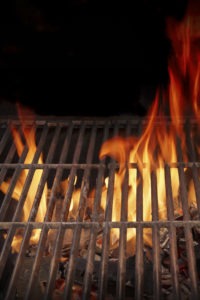
Characteristic grilled flavors come from fat that drips off the meat hitting the heat source and generating smoke that seasons the food slightly. Hot coals and gas flames (as well as flames from grease flare-ups) are in the temperature range of 2,000-3,800°F (1,093-2,093°C), and the surface of the grill grate is in the temperature range of 500-700°F (260-371°C)—depending on how many coals are being used, how high the gas is turned up, and whether or not the lid is closed (the lid is generally left open for grilling). Those are some seriously high temperatures!
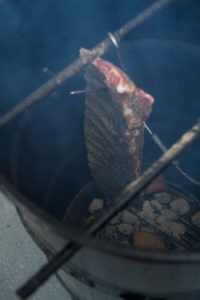
BBQ is a low and slow, indirect heat cooking method. The heat source cooks the meat indirectly, meaning that the coals or flame are either far below or to the side of the meat. During the cook, the lid of the grill or smoker is kept closed, and the meat is cooked through convection heat transfer as the ambient heat circulates around the meat. These moderate cooking temperatures are in the range of 200-300°F (93-149°C)—a far cry from the high temps of grilling!
2. MEAT: Grilling and BBQ use different cuts of meat that require different levels of heat to cook properly.
Grilling: Since the high heat will cook the meat so quickly, grilling is best suited to small, naturally tender cuts of meat. Steaks, chops, chicken breasts and seafood are perfect candidates for this quick cooking method.
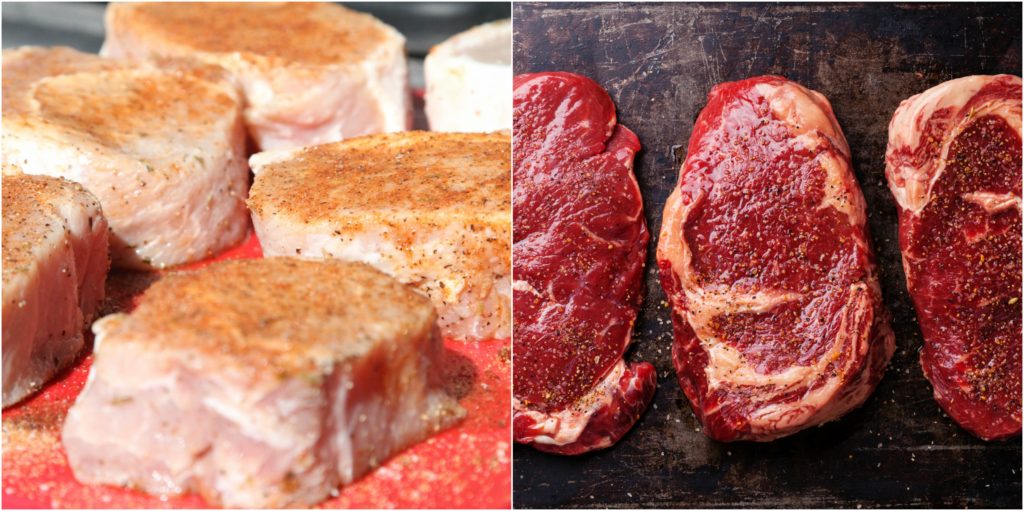
BBQ: Large, tough, sinewy cuts of meat with great amounts of connective tissue are ideal for the low and slow cooking process of barbecue. Taking a tough piece of meat and turning it into a tender, succulent masterpiece is at the heart and soul of traditional BBQ. Ideal meats for this cooking method include pork shoulder, brisket, and ribs.
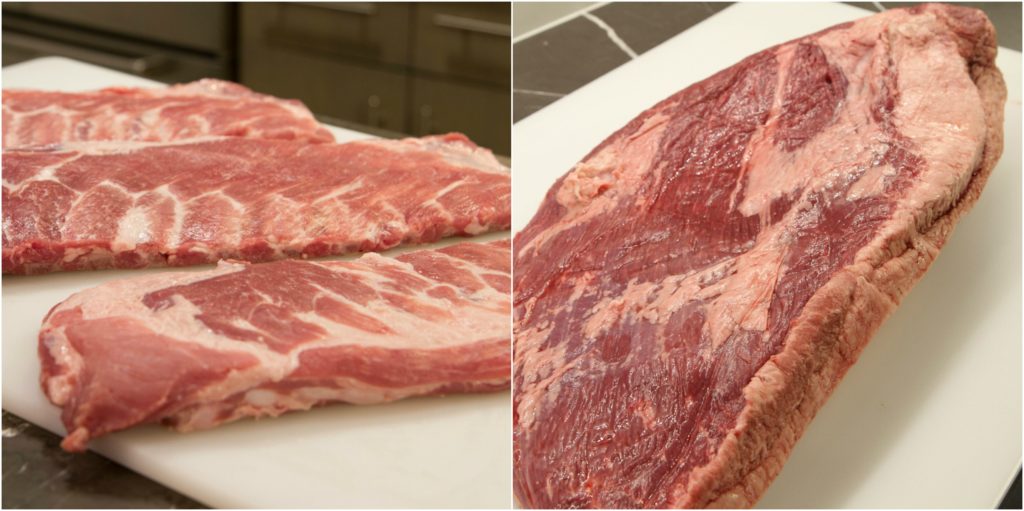
These cuts of meat are heavily worked muscles of the animal, and as such, have very tough protein and contain a web of connective tissue.
3. TIME: not only do different cuts of meat need different cooking temperatures, they need to cook for different lengths of time.
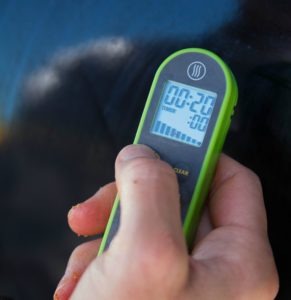
Grilling: The high heat temperatures of grilling bring the meat up to its internal doneness temperature very quickly. The average cooking time when grilling is only 5-20 minutes. The meats used for grilling should be small enough to be cooked thoroughly in a short period of time and be naturally tender. Low and slow cooking is necessary for meats with tough protein and high amounts of connective tissue. Examples of items well-suited for grilling are steaks, chops, chicken pieces, seafood fillets, hamburgers, and vegetables.
BBQ: In barbecue, the lower temperatures and indirect heat sources take much longer to circulate around and transfer through the meat. Cook times are typically 2 hours and up—and can be as much as 18 hours, depending on the size of the meat being cooked. Not only is time required to bring the meat up to its target temperature, but the connective tissues (like collagen) in tougher cuts take time to unwind and dissolve. Even if you were to slice a thin piece of pork shoulder and cook it quickly to its target temperature on a hot grill, it would be too tough to eat because the proteins and connective tissues wouldn’t have time to break down. Collagen begins to unwind in the range of 160-170°F (71-77°C) but it takes time to break down. Only long slow cooks over indirect heat (“low and slow”) will effectively unwind the connective tissues in these tougher cuts. When the connective tissues do unwind, they turn into silky smooth gelatin and make for very succulent eating.
4. SMOKE: it’s part of the seasoning in BBQ
Grilling: Smoke is not used in grilling. The high temperatures on a grill produce flare-ups, not significant smoke. However, smoke can be used in the hybrid cooking method called grill-roasting (read more about this in our recent posts Indirect Heat: Grill-Roasted Sweet Stuffed Pork Loin, and Indirect Heat: Grilling Tri Tip).
Smoke is the essence of barbecue. it is what differentiates barbecue from other types of cooking. —Meathead, AmazingRibs.com
BBQ: Smoke is almost always used in BBQ (there are some traditions of it in the South that use low, slow heat but no smoke). Chunks of hardwood or even hardwood chips are used in the lower temperature range (200-300°F [93-149°C]) to provide flavorful smoke over a long period of time. The type of wood used is a matter of personal preference and regionality. People use whatever hardwood is found in their area, adding local flavor to their BBQ.

Recommended Thermometers For Grilling and BBQ
Grilling Thermometers
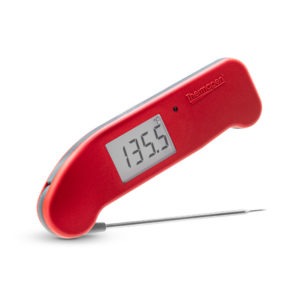
Speed: We talked above about how grilling can be a game of speed—short cooks at high heat. To match that, you need a fast thermometer, and there’s no faster cooking thermometer than Thermapen® ONE. is our #1 recommendation. Thermapen ONE allows you to quickly spot-check meat for its internal temperature without burning your hand. When correctly probing grilled meat (see our post, How to Temp a Steak: Getting it Right), the fast, accurate readings allow you to observe changing and differing temperatures from edge to edge in real time—you can be confident that you’ve captured the meat’s lowest temperature in its thermal center.
A fast, accurate thermometer is one of the simplest ways to improve the safety and quality of your food. We use our favorite thermometer, the ThermoWorks Thermapen, every day. —Master of the Grill, America’s Test Kitchen
NOTE: Leave-in probe thermometers are NOT recommended for grilling. The high temperatures involved with this cooking method (500-700°F [260-371°C] on the grill surface) are beyond the maximum temperature thresholds of these thermometers that are best-suited for the low and slow cooking method of smoking meat. See the table below:
There are some ThermoWorks Probes that are suited to very high temperatures and hot environments (like the Hi-Temp Flexibly Ceramic Probe) but they are specialized, typically more expensive, and still not recommended for grilling—they don’t go into food, but are meant for other uses.
BBQ Thermometers
Tracking not only the meat’s internal temperature but the ambient temperature of your smoker as well is critical with BBQ cooking. After all, if you run out of fuel during a 16-hour cook, you need to know about it as soon as possible!
High Alarms are ideal for knowing when your meat has reached its internal pull temperature. When using an air probe to track the internal cook temperature of your smoker, you’ll know when the cooker has reached the high end of its temperature range and it’s time to close some vents.
Low Alarms are an important feature to keep your smoker within your target cook temperature range. The set low alarm will sound when the cooker’s temperature has fallen to the low end of the desired temperature range, allowing you to open vents or add fuel to keep your meat in the optimal cook range for the full duration of the cook.
Leave-in probe alarm thermometers are the ideal tools for the job. Signals™, Smoke X®, and Smoke™ all use the same Pro-Series® probes, are multi-channel, so you can track your meat and your pit, and have excellent features like high- and low-temp alarms. Also, some (Signals and SmokeX) can also control Billows® BBQ Temperature Control Fan. These all track the internal temperature of large roasts and whole poultry well over a long period of time during roasting and smoking.
If hyper-accuracy is more important to you, you can opt for ThermaQ® 2, which uses Type-K thermocouple probes. It is also multi-channel and can also control your Billows. It’s a lab-grade instrument that you can use for your BBQ!
♦︎ Max and Min: All the thermometers mentioned above also have max and min temperature recording. You’ll know the highest and lowest temperatures reached in the cooker and the internal temperature of the meat over the entire cook. These temperatures can be reset once the meat is pulled from the heat source to next track the meat’s temperature fluctuations during the rest.
An alarm thermometer isn’t the only device you need for your ‘cue. An instant-read thermometer (like the Thermapen) should still be at your side to spot-check internal temperatures after the meat’s high alarm sounds at the end of the cook. You want to be 100% sure you’ve captured the lowest temperature in the meat before you pull it off the heat.

Knowing the difference between grilling and barbecue isn’t just a good piece of information for your gee whiz file, it helps you know which of these top-rated devices to use in your outdoor cooking adventures. So now you know!
More
For more on how smokers work and how to use your probes safely in them, see you post on BBQ probe safety!
Featured Products:


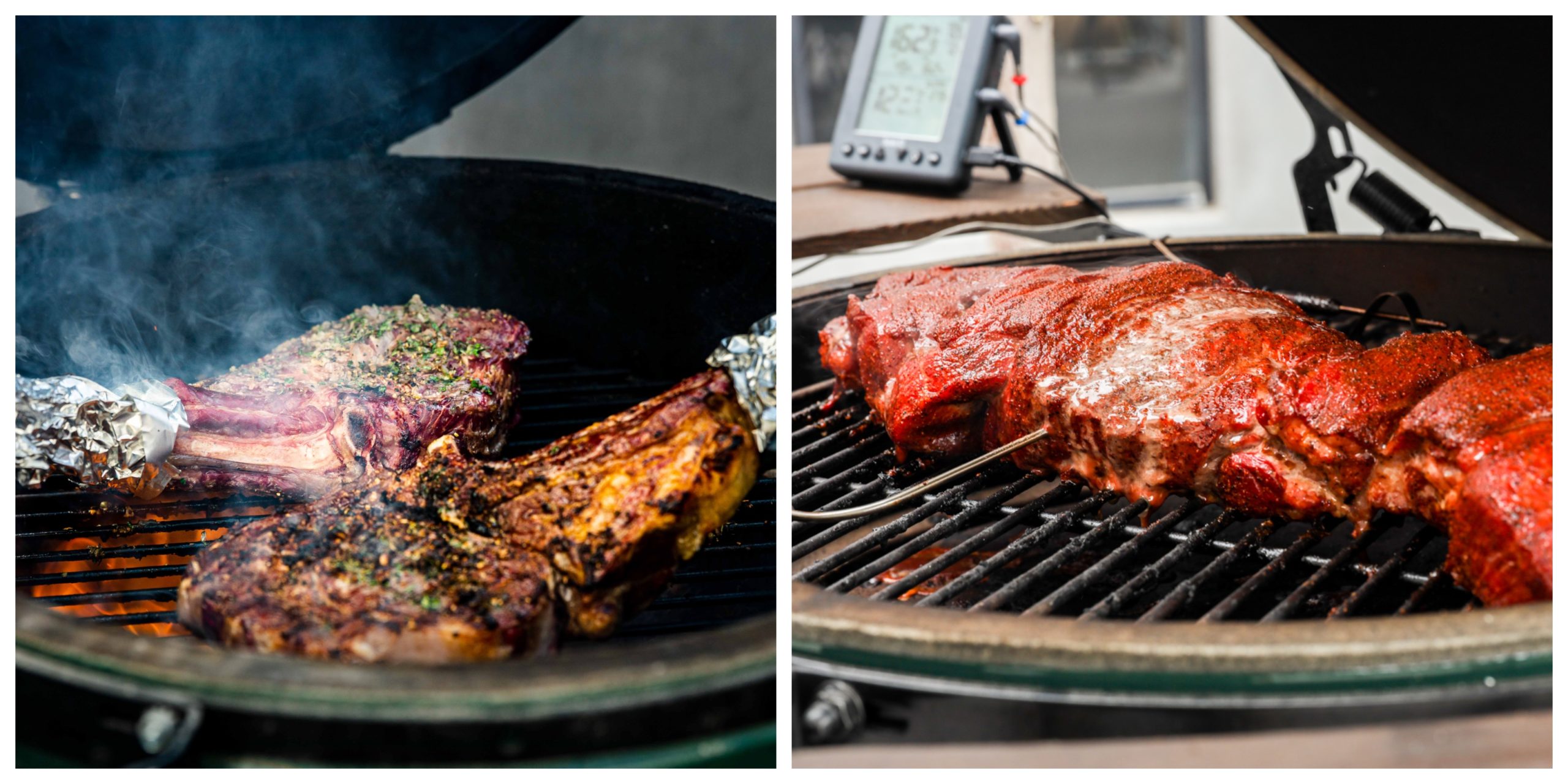
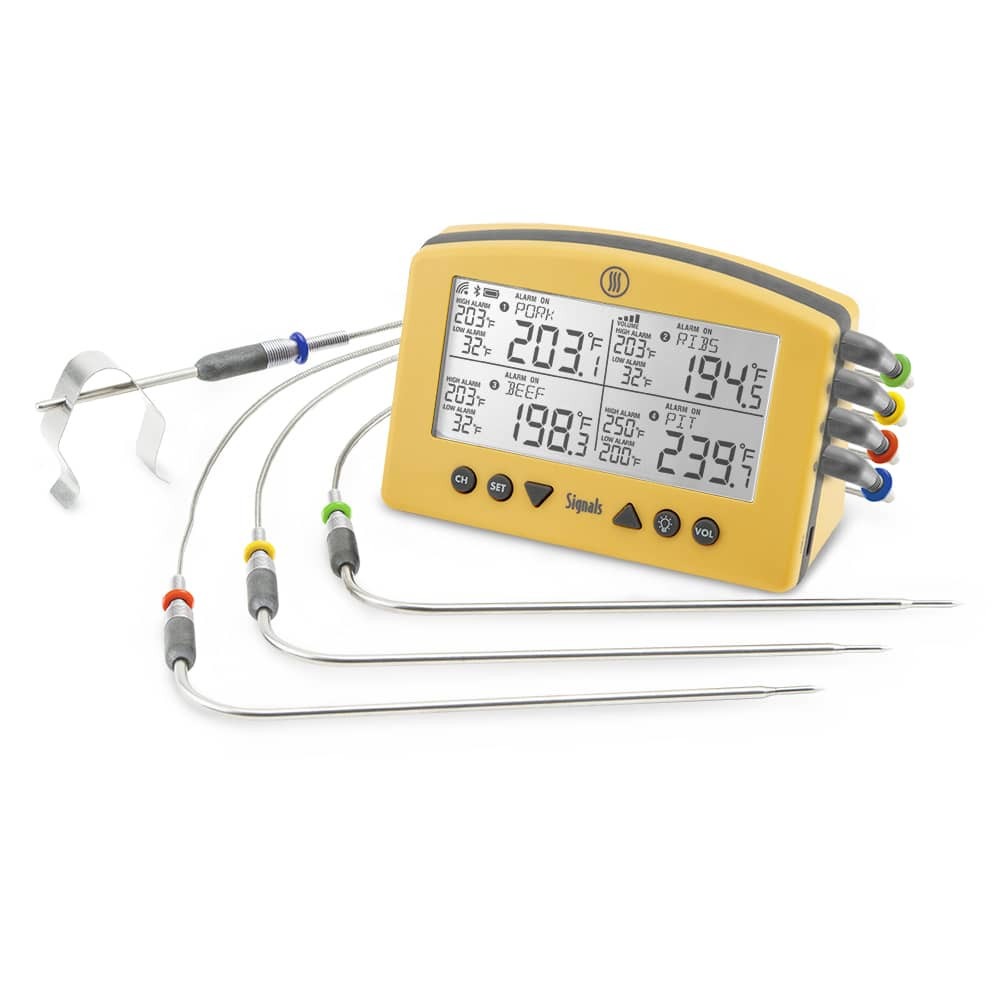

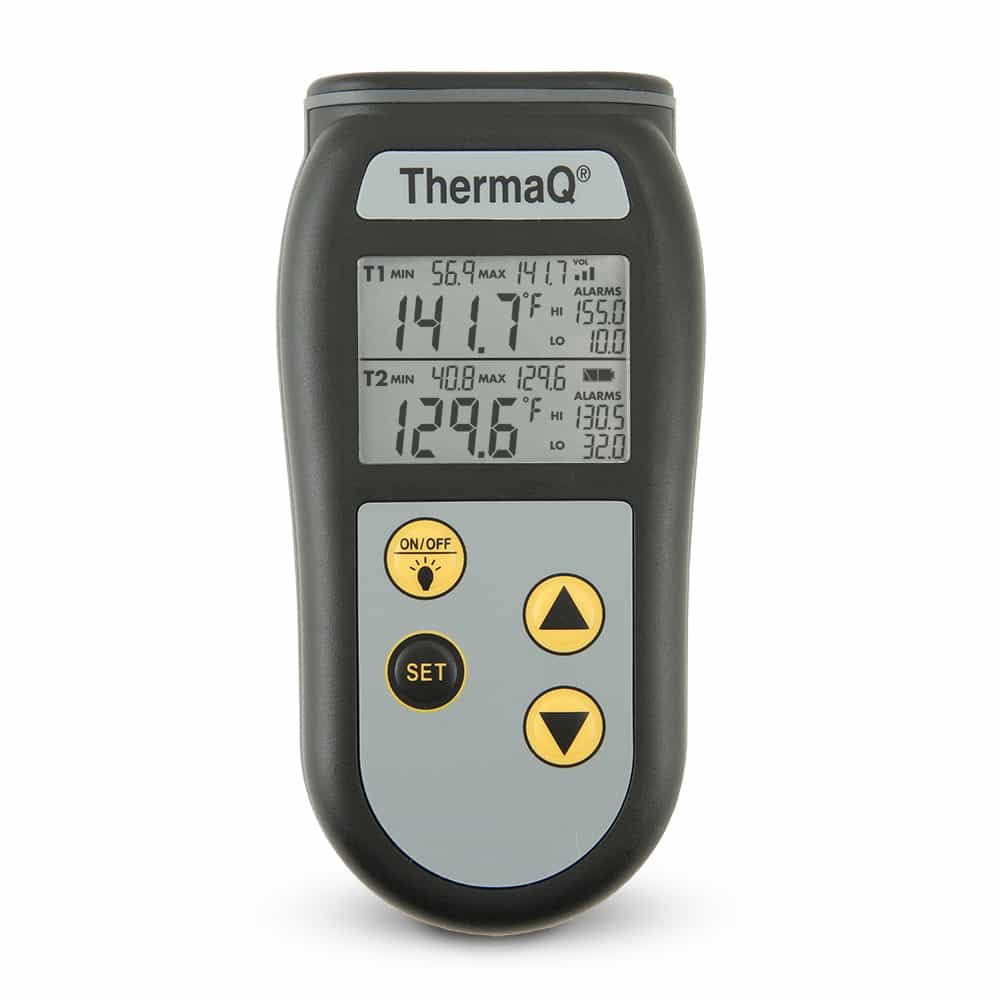

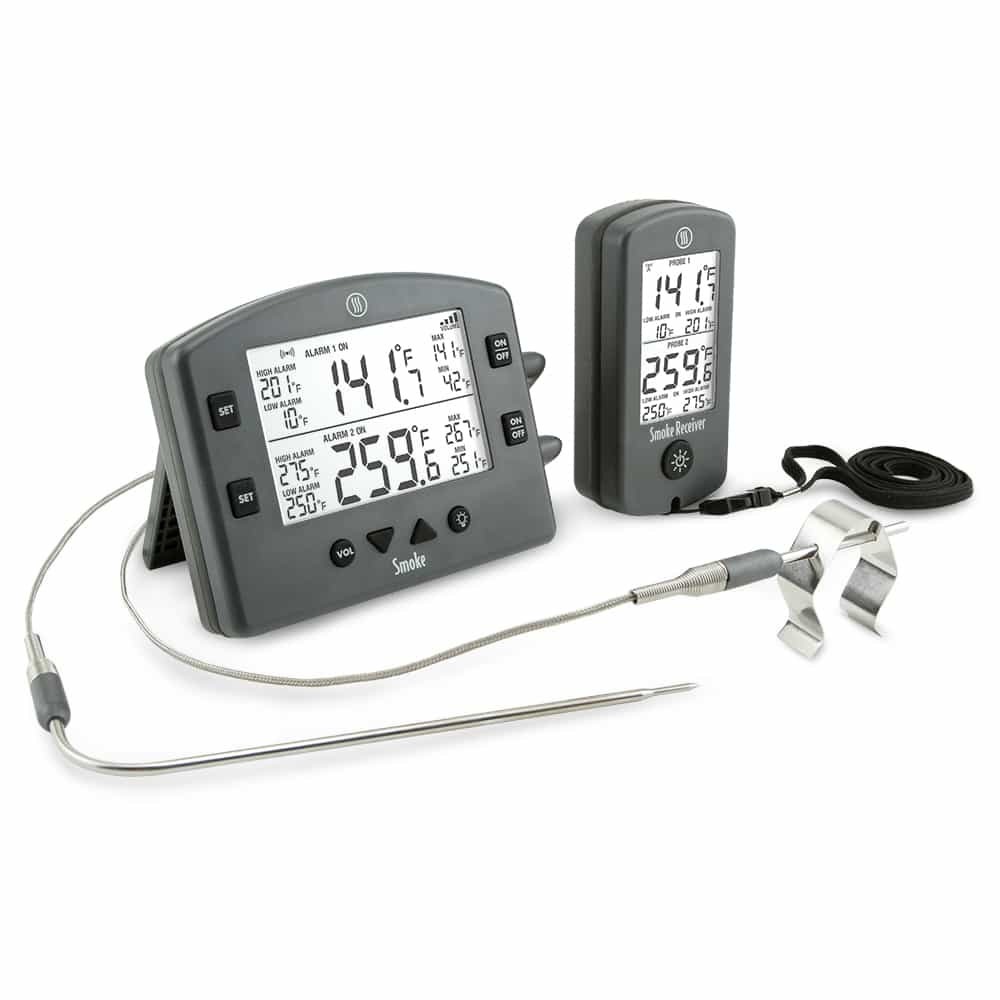
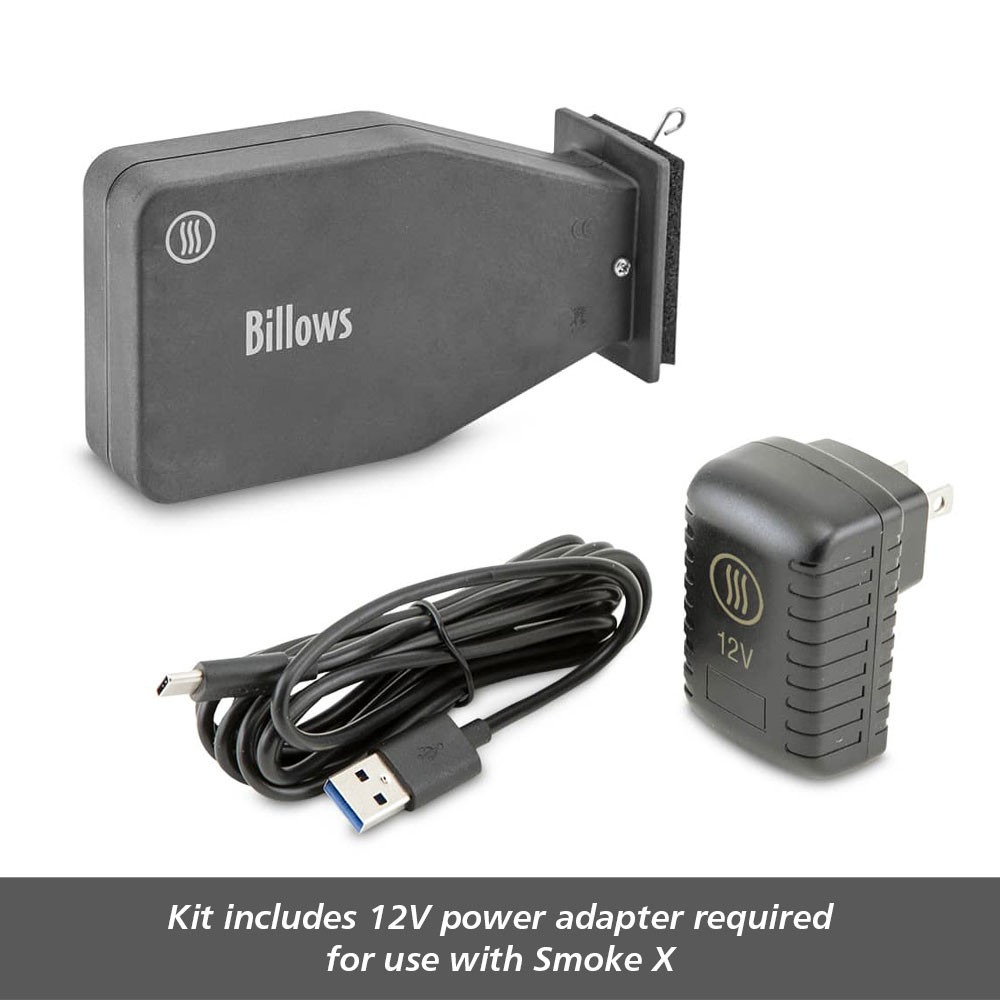
Very good article. Loads of information on the difference between grilling and BBQ. Also on use of your products, the when’s and how’s of each is best used. I found lots of info to improve the diversity on the use of my new grill.
Thank You for the info.
Ed,
So glad you found the post helpful! Understanding temperatures and processes really does improve your cooking.
Thanks,
-Kim
I recently purchased a larger size smoker and noticed that I was getting variances in the finished products even thought I was using my trusty ThermaQ to monitor. My old smoker does not have the issue, but it only has one shelf and my new smoker has six and is much taller. Since the shelves in my smoker do not rotate, I figured it was related to temperature differences within the chamber itself. I decided to do a test and setup six DOTs (one on each shelf toward the middle) to monitor the temps. Sure enough, I had a 36 degree F temp difference from top to bottom. I’m able to mitigate the difference by dampers and the size of the cut on each shelf. I know that every smoker has it’s own unique “personality” and I think I probably would have figure this out eventually, but the DOTs helped me figure it out faster and get more consistent product.
Matt,
Fascinating! With such a large smoker it makes sense that there would be such temperature variances. I’m so glad to hear that the DOTs were able to help with this challenge. Thank you for your comment.
-Kim
A lot of Smokers have gone to Hot & Fast which changes the artificial somewhat. The people using the ugly drums are using direct heat and temps between 225 and 400 degrees. The results are almost as good as low and slow. Matter of fact some Hot & Fast have won the KC Royals.
Secondly: I have a Hunsaker Vortex Smoker It also has 5 levels, 6 if you drop the grate on top of the fire ring. With the vortex plate there is less then 5 to 10 degrees difference between the top and bottom. The vortex plate caused the air to spin and turns it into a convection oven. Want more info? Check out Friends of Hunsaker smokers on FaceBook. Someone at one of the major BBQ competitions had a thermal camera and the Hunsaker was the only smoker that didn’t have hot and cold spots.
I challenge you all to contact Mark Hunsaker, Owner and see about adding a Hunsaker Smoker to your test kitchen. You will be surprised and amazed at the food that comes out of it.